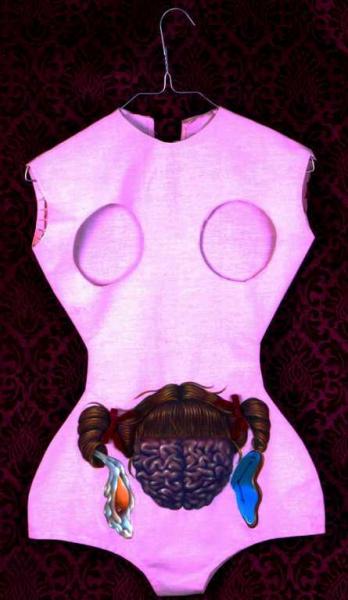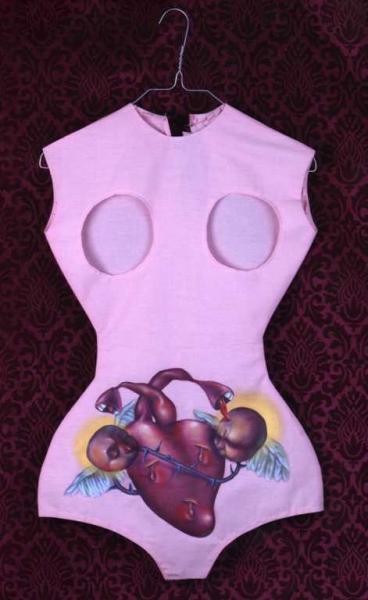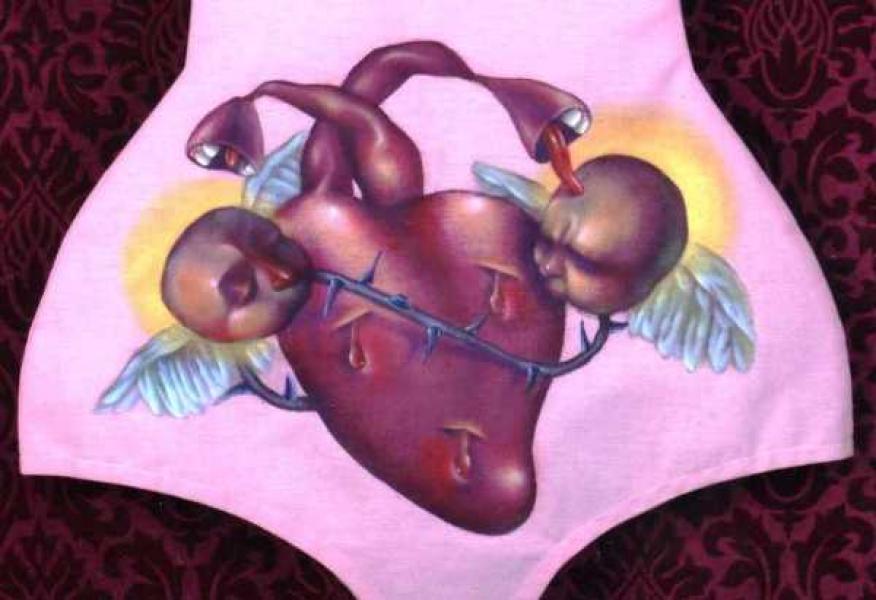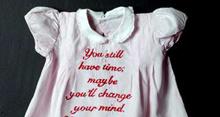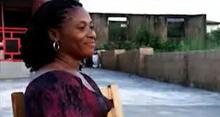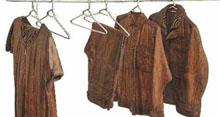Agatha’s Wardrobe

Agatha’s Wardrobe was inspired by my inner debate on whether or not to become a mother.
Society puts a lot of pressure on women to have children, and then you have all those subtle (and not so subtle) messages in the media: It would seem you’re less of a woman if you don’t have a child!
But there’s more than the external pressure. Well adjusted, affectionate women, might confuse the desire to nurture with the desire to mother.
Several years ago a radiologist told me that, by comparing the x-rays he had just taken with some previous ones, he could see that my fallopian tubes were blocked, although not permanently: it was a kind of spasm of the tubes. This meant that a pregnancy would have been a difficult task, but not impossible.
“You know what?” he said. “The tubes are contracting for a reason, which could be more in your head than in your abdomen. Ask yourself if you really want to be a mother.”
Incredible. This man could x-ray my mind as well as my abdomen.
That night I was unable to sleep, trying to answer the questions that filled my mind. To have a baby: Why, to what end, for whom? And in fact, in that moment my brain invaded my uterus, and from down there it was giving all sort of answers. Overwhelmed, I decided to change my tactics. I placed my hands on my breast and I said: “Heart, it’s your turn! Speak!” My whole body was throbbing but I could feel nothing under my hands: it was as if my rib cage was empty. I listened and followed the source of the heartbeat. I should not have been surprised to discover that they came from… my belly.
After my illuminating experience with the radiologist, my gynecologist offered me different alternatives to have a child. Time pressured, Dalis’clocks were melting down in my womb: I had to make up my mind. I finally said yes to a treatment that didn’t work. I cried, but I don’t know if I did it for the child I wouldn’t get to know or for a weird sense of personal failure. My doctor told me other treatments were available, but I found them quite aggressive for my body and also, I was starting to feel comfortable with the idea of a childless life. According to her, I’m still in my childbearing years and my fallopian tubes are not permanently blocked, so life could still surprise me. No problem if it doesn’t: I’m happy with my life exactly as it is now.
Wanda Torres was born and raised in Puerto Rico. In her paintings, drawings and installations, she often touches on the theme of female identity. The human figure, humor and the symbols of domestic life are recurring elements of her work. She currently lives between France and Puerto Rico. Learn more at wanda-torres.com.
Related Content
|
Kavita Ramdas explains how limited access to contraceptive methods for women around the globe helps to maintain and further aggravate the world’s impoverished state. |
Artist Miriam Schaer embroidered toddler dresses with quotes that depict the prejudice and hostility women without children face. |
Christy is in her late thirties and comes from the southeastern part of Nigeria. She is unable to conceive, and it is causing friction in her marriage. |
Humaira Abid depicts the pain and disappointment that comes along with miscarriage in her intricate wooden sculptures.
|
